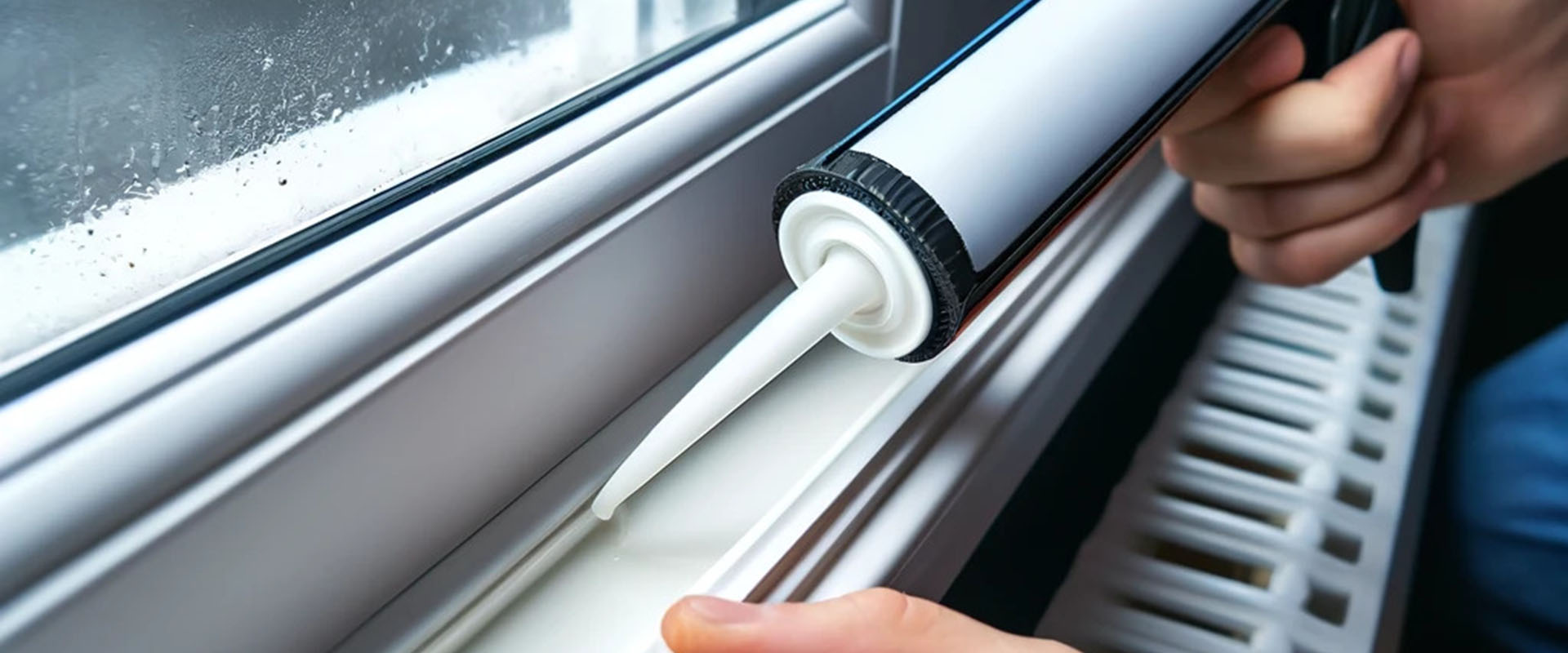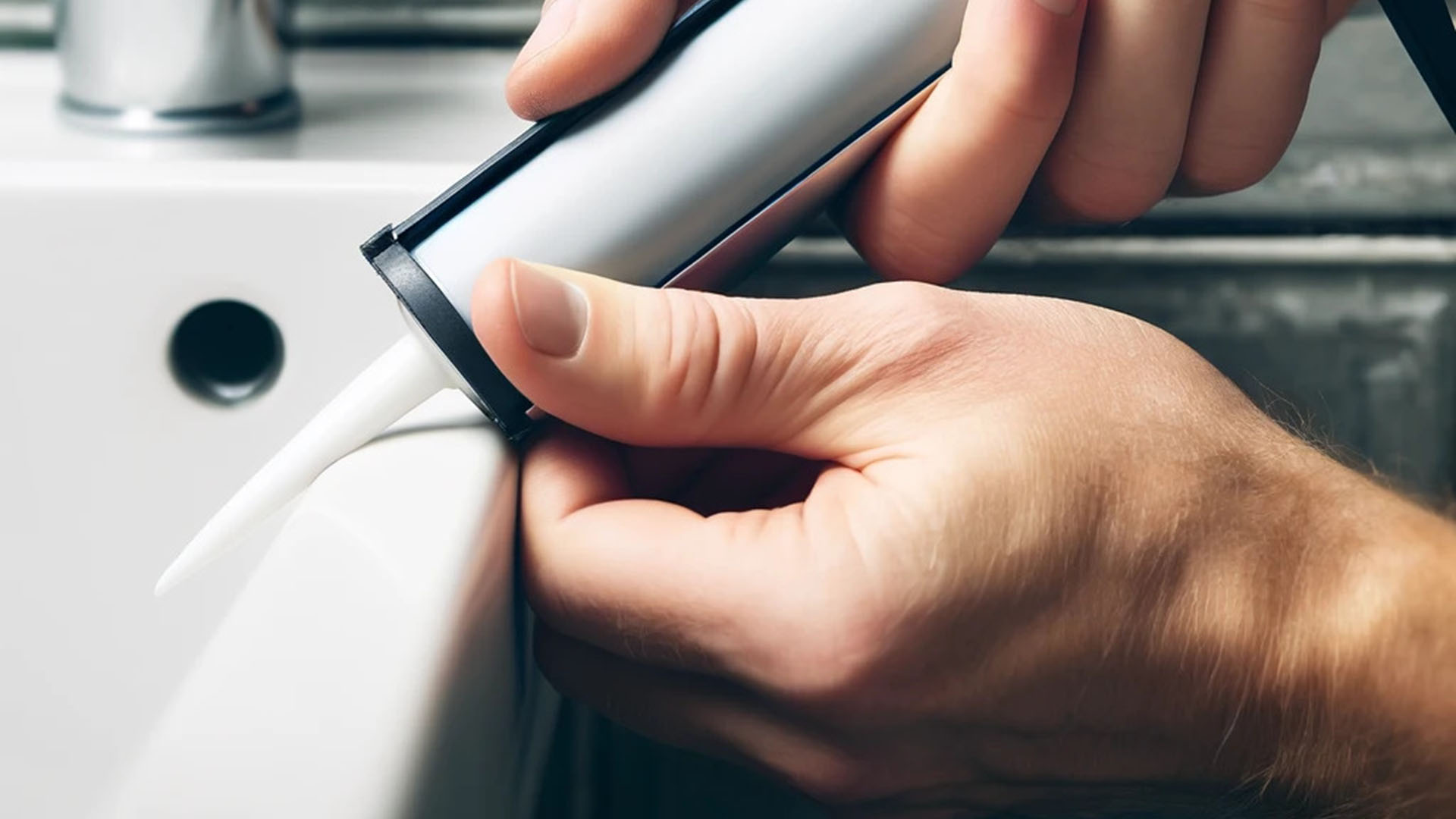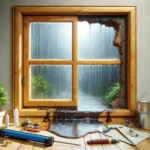Maintaining your home is essential to keeping your family safe and comfortable. One of the most important aspects of this maintenance is caulking, which involves sealing cracks and gaps around your home’s doors, windows, and other openings to prevent cold or hot air from seeping in, improve insulation, and reduce energy costs. In this article, we’ll walk you through the signs that your home needs caulking, so you can act quickly and effectively to keep yourself comfortable and safe.
Sign #1: Drafts in the house
Drafts in your home are one of the most obvious signs that it’s time for caulking. If you feel cold air entering your home, it means that warm air is also escaping, which can significantly increase your energy bill. Drafts can occur in different parts of the home, including around windows, doors, electrical outlets, and light switches. If you notice drafts, it’s important to act quickly to avoid losing money on heating and cooling, and to improve your comfort at home.
Sign #2: Air leaks in windows and doors

The windows and doors in your home can be the main source of hot or cold air loss, especially if they are old or poorly insulated. Air leaks can occur around window and door frames, sills, gaskets, and curbs. If you notice drafts or areas where cold or hot air easily enters your home, it may be a sign that your home needs caulking. Significant air leaks can lead to increased energy bills, decreased indoor comfort, and reduced efficiency of your heating or cooling system.
Sign #3: Rising Energy Bills
If you notice a sudden increase in your energy bills, it may be a sign that your home needs caulking. When cold or hot air escapes from your home through windows, doors, and other openings, your heating or cooling system has to work harder to maintain the desired indoor temperature. This can lead to increased energy costs, even if you use your heating or cooling system in a normal way. Effective caulking can reduce the amount of cold or hot air that escapes from your home, reducing the load on your heating or cooling system and lowering your energy bills.
Sign #4: Presence of mold or moisture in the house
If you notice mold or moisture in your home, it may be a sign that your home needs caulking. Air leaks can allow moisture to seep into your home, creating an environment for mold to grow. Molds can be dangerous to your family’s health, as they can cause allergies, respiratory infections, and other health problems. Caulking can help prevent moisture infiltration and maintain a healthy environment in your home.
If you notice mold or moisture in your home, it’s important to find the underlying cause of the problem and treat it before caulking. Sometimes, roofing, plumbing, or ventilation issues can cause moisture problems, and it’s important to fix them first. Caulking can help prevent moisture from seeping in in the future, but it won’t solve existing mold or moisture problems.
Sign #5: Water infiltration during heavy rains
When it rains, your home should be a safe and dry place. If it doesn’t and water seeps into your home, it may be a sign of caulking problems. Water infiltration can cause significant damage to your home, including wood rot, damage to walls and ceilings, and mold growth.
Water infiltration can come from cracks or poorly sealed joints around windows, doors or roof. If you notice water running down the walls or see water stains on the walls or ceilings, it’s important to have your caulk checked to avoid costly damage in the long run.
Sign #6: Excessive Outside Sounds and Noise
Constantly hearing outside noises like traffic, police sirens, planes, and trains can be unpleasant, especially when you’re inside your home. If you notice that the outside noise is excessive, it may be a sign that your windows and doors are not properly caulked. Cracks or gaps around windows and doors can allow sound to enter your home, even if the windows and doors are closed. Caulking can help reduce outside noise, which will make your home quieter and more comfortable. In addition, it can also improve your sleep quality and overall mental health.
Sign #7: Ice buildup on windows
Ice buildup on windows is a clear sign that your home needs caulking. When cold air enters your home through the windows, it can cause moisture that turns to ice on the windows. This ice buildup can not only cause damage to your windows, but it can also lead to an increase in your energy bills.
Caulking can help prevent ice buildup by preventing cold air from entering your home. By preventing moisture from building up on your windows, you can prevent ice damage and improve your home’s energy efficiency. If you notice ice buildup on your windows, it’s important to have your caulk inspected by a professional to determine if any repairs or replacement are needed.
Sign #8: Heat Loss in the Home
A clear sign that your home needs caulking is obvious heat loss. If you feel that your home is colder than usual, even when the heat is on, it’s possible that warm air is escaping through cracks and gaps between doors and windows.
Heat loss can be caused by a variety of factors, including inadequate insulation, cracks in walls and roof, and gaps between doors and windows. Caulking can help minimize these problems by sealing the gaps around doors and windows to prevent hot air from escaping.
If you find that your heating bill is higher than usual, this can also be a sign that your home is losing heat. By sealing the gaps around doors and windows, you can save money on your heating bills by preventing unnecessary heat loss.
Sign #9: Damage to wood elements around windows and doors

If the wood elements around your windows and doors are starting to rot, it may be a sign that your home needs caulking. Air leaks caused by improper caulking can lead to moisture buildup, which can damage the wood elements around your windows and doors. Mold and rot can also grow, which can weaken the structure of your home.
In addition to damage to wood elements, air leaks can also cause insulation issues, which can increase your energy bills and make your home less comfortable. If you find that the wood elements around your windows and doors are damaged, it is important to have your caulking inspected and replaced if necessary.
Sign #10: Aging of existing caulking
Caulking has a limited lifespan and wears out over time. If your home has existing caulking that is old and cracked, it can cause a variety of problems, such as heat loss, drafts, and water leaks. If you notice that your caulk is dry, cracked, or decomposing, it may be a sign that you need new caulk.
It’s important to know that caulking is an important part of your home that helps maintain its structural integrity, safety, and comfort. Degraded caulking can lead to costly problems in the long run. It is therefore recommended that you have your caulk inspected regularly and replaced as soon as you notice signs of aging.
In short, ensuring that your home’s caulking is in good condition is essential to avoid problems such as air and water leaks, heat loss, mold, and high energy bills. If you experience any of these signs, it is important to call a qualified professional to assess the condition of your caulking and propose the necessary repairs.
Why it’s important to keep caulking in good condition in your home
Caulking in good condition is essential for maintaining indoor air quality and reducing energy costs. Air leaks caused by faulty caulking can allow outdoor pollutants, such as dust, pollen, and pollution, to enter the home and affect indoor air quality. This can lead to health problems such as allergies, asthma, and headaches.
In addition, faulty caulking can lead to increased energy costs, as warm air can escape the house in the winter and cool air can enter in the summer. This can lead to excessive use of heating and cooling, which can significantly increase energy bills.
It is therefore important to regularly monitor the condition of your caulking and replace or repair it as soon as you notice signs of failure. By keeping your caulk in good condition, you can not only improve your home’s indoor air quality, but also save money on energy costs in the long run.



